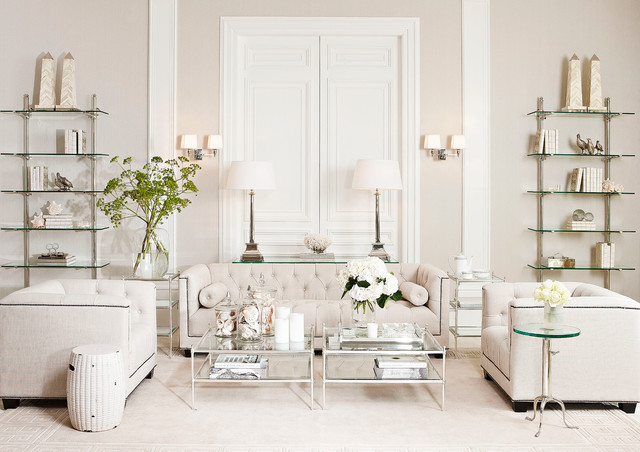Outdoor Oasis: Best Furniture for Your Patio and Garden
Furniture, the silent yet essential companion of human existence, has transcended its utilitarian roots to become an art form in its own right. From the humblest wooden stool to the most intricately designed canopy bed, furniture serves not only as a facilitator of comfort but also as a reflection of cultural values, craftsmanship, and design sensibilities.
Evolution of Furniture: From Functionality to Style
The evolution of furniture parallels the progression of human civilization. Ancient civilizations crafted rudimentary seating and storage solutions from materials readily available in their surroundings. As societies advanced, so did their furniture, evolving from simple structures to ornately carved masterpieces.
In ancient Egypt, furniture was not just functional but also symbolic, with designs often featuring depictions of gods and hieroglyphics. The Greeks and Romans elevated furniture to a new level of sophistication, incorporating elements of symmetry and proportion inspired by their architectural prowess.
The Middle Ages brought about a shift towards heavier, more substantial furniture, often adorned with intricate carvings and embellishments, reflecting the influence of Gothic and Renaissance art movements. The Renaissance period, in particular, witnessed a resurgence of interest in classical forms, leading to the revival of ancient Greek and Roman design principles.
The Industrial Revolution heralded a new era of mass production, democratizing access to furniture and ushering in an era of standardization. However, it also sparked a backlash against the mechanization of craftsmanship, giving rise to the Arts and Crafts Eichholtz movement, which championed the ideals of handmade, artisanal furniture.
Form Follows Function: Balancing Utility with Design
While functionality remains paramount in furniture design, the marriage of form and function has become the hallmark of exceptional craftsmanship. Designers strive to create pieces that not only serve their intended purpose but also elevate the aesthetic appeal of their surroundings.
Modern furniture design is characterized by clean lines, minimalist aesthetics, and innovative use of materials. Designers experiment with unconventional shapes and materials, pushing the boundaries of traditional furniture design to create pieces that are both functional and visually striking.
Sustainability has also become a key consideration in contemporary furniture design, with designers increasingly opting for eco-friendly materials and manufacturing processes. From reclaimed wood to recycled plastics, sustainable furniture options abound, catering to environmentally conscious consumers.
The Intersection of Art and Furniture
Artistic expression knows no bounds, and furniture serves as a canvas for designers to showcase their creativity and vision. From avant-garde statement pieces to timeless classics, furniture has the power to evoke emotions, provoke thought, and inspire awe.
Artisanal craftsmanship remains highly prized in an age of mass production, with discerning consumers seeking out handcrafted furniture imbued with a sense of history and tradition. Whether it’s a hand-carved dining table or a meticulously woven rattan chair, artisanal furniture pieces add a touch of authenticity and character to any space.
Conclusion
Furniture transcends its utilitarian purpose to become a form of artistic expression, embodying cultural values, design sensibilities, and craftsmanship. From ancient civilizations to modern-day designers, the evolution of furniture reflects the ever-changing tapestry of human creativity and innovation. As we continue to push the boundaries of design and functionality, furniture will remain a timeless symbol of human ingenuity and creativity.
